usb to RS485 black in Pakistan
₨ 500.00
A USB to RS485 converter is a device that allows communication between a computer (via USB) and an RS485 network. RS485 is often used in industrial automation, building automation, and other systems where long-distance communication or multi-point connections are required.
usb to RS485 black in Pakistan
Benefits of a USB to RS485 Converter:
Ease of Integration:
A USB to RS485 converter allows modern computers (which typically don’t have RS485 ports) to easily interface with RS485 networks. It simplifies integration between newer devices and older RS485 systems.
Long-Distance Communication:
RS485 supports communication over long distances (up to 4,000 feet or around 1,200 meters), making it ideal for industrial and commercial applications. The converter enables this long-range communication via USB.
Multi-Point Communication:
RS485 supports multiple devices on the same bus (up to 32 devices), which is useful in applications like Modbus networks, building control systems, and industrial control systems.
Higher Data Rates:
RS485 supports higher data rates compared to other serial communication protocols like RS232. With the right converter, you can take advantage of these higher speeds (up to 10 Mbps, depending on the distance and conditions).
Noise Immunity:
RS485 is more robust and resistant to electrical noise and interference, which is common in industrial environments. This makes it reliable for long-distance communication in harsh environments.
Cost-Effective:
Using a USB to RS485 converter is a relatively low-cost solution to integrate USB-based systems into existing RS485 networks without needing additional hardware or redesigning the network.
Plug-and-Play:
Many converters are USB-powered, and some are plug-and-play, meaning they do not require external power sources or complex configurations.
Typical Specs of a USB to RS485 Converter:
Input:
USB Type-A or Type-C connector (depending on the model).
USB 2.0 or USB 3.0 compliant (can depend on the converter’s data transfer rate).
Output:
RS485 terminal block or DB9 connector.
Half-duplex or full-duplex communication (depending on the application).
Up to 32 devices supported on the same bus.
Data Rate:
Typically 300 baud to 1 Mbps, with some models supporting higher rates (up to 10 Mbps).
Distance:
RS485 can operate over distances up to 1,200 meters (4,000 feet) at lower speeds.
Power Supply:
Powered directly through the USB port (5V).
Operating Temperature:
Typically between -40°C to 85°C, depending on the converter’s industrial-grade design.
Driver Compatibility:
Compatible with various operating systems (Windows, Linux, macOS), often with available drivers or included software.
Protection Features:
Some converters offer surge protection, over-voltage protection, and ESD (Electrostatic Discharge) protection, which are important in industrial environments.
LED Indicators:
Some models include LEDs for power, data transmission, and RS485 signal status.
Popular Use Cases:
Industrial Automation:
Connecting PCs to programmable logic controllers (PLCs) or other industrial equipment.
Building Automation:
Interfacing computers with HVAC (Heating, Ventilation, and Air Conditioning) systems, lighting controls, or security systems.
Energy Metering:
Communicating with energy meters or sensors in industrial or commercial settings.
Modbus RTU/ASCII Protocol:
Used in Modbus networks to connect computers to remote I/O devices.
| Weight | 0.3 kg |
|---|
Be the first to review “usb to RS485 black in Pakistan” Cancel reply
You must be logged in to post a review.
Related products
PLC , HMI , Programming cables in Pakistan
PLC , HMI , Programming cables in Pakistan
Mitsubishi Fx PLC And Weintek HMI CABLE SERIAL DB9 in Pakistan
PLC , HMI , Programming cables in Pakistan
PLC , HMI , Programming cables in Pakistan
PLC , HMI , Programming cables in Pakistan
PLC , HMI , Programming cables in Pakistan
PLC , HMI , Programming cables in Pakistan
PLC , HMI , Programming cables in Pakistan
PLC , HMI , Programming cables in Pakistan
PLC , HMI , Programming cables in Pakistan
PLC , HMI , Programming cables in Pakistan
PLC , HMI , Programming cables in Pakistan

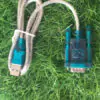
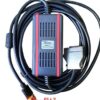
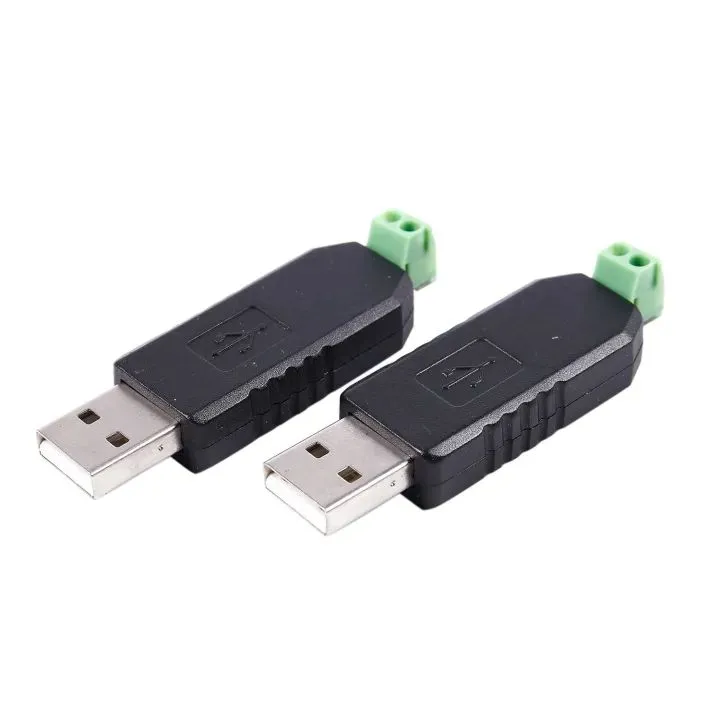

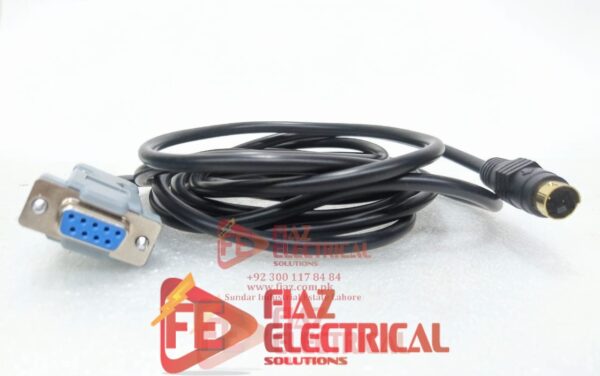
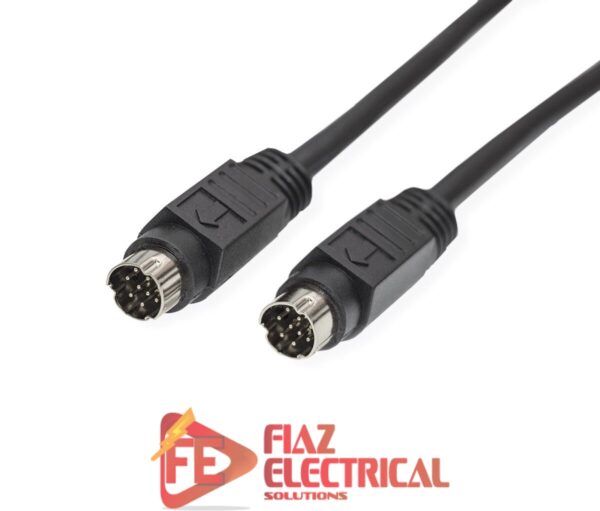
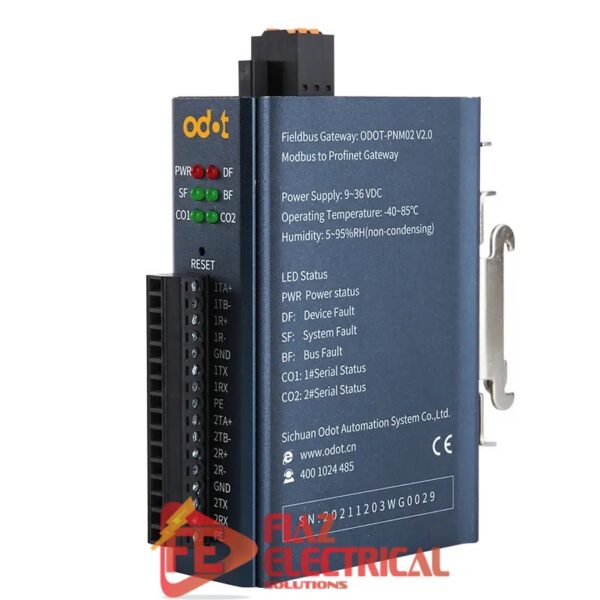
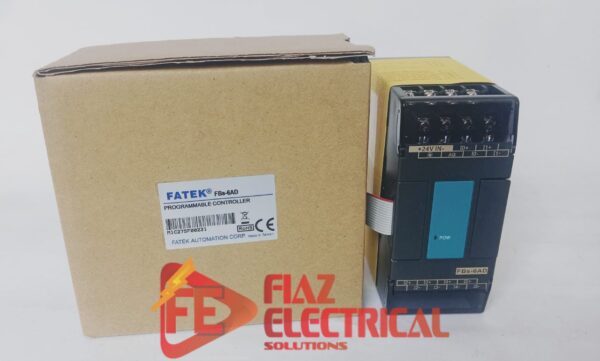
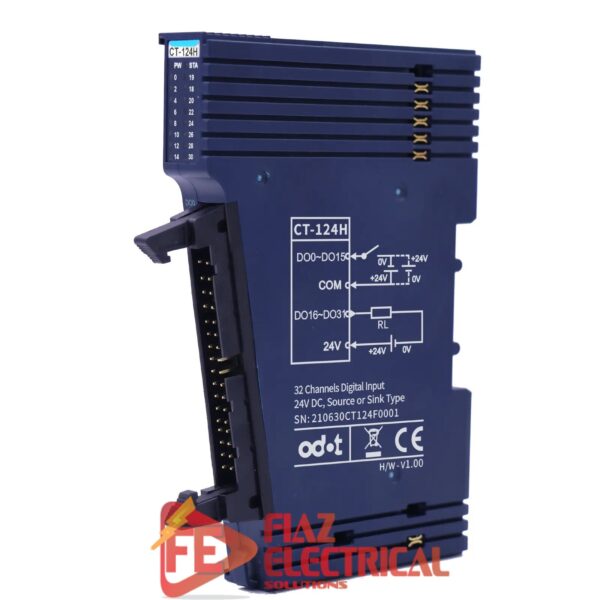
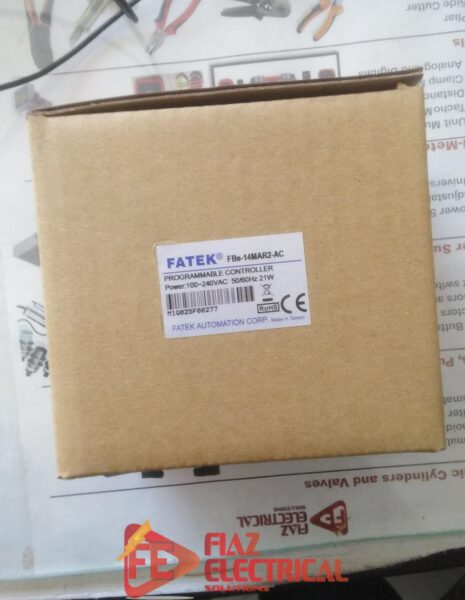
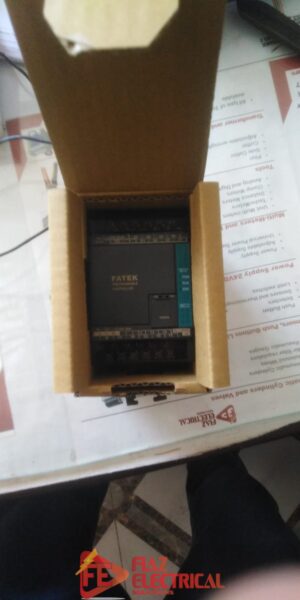
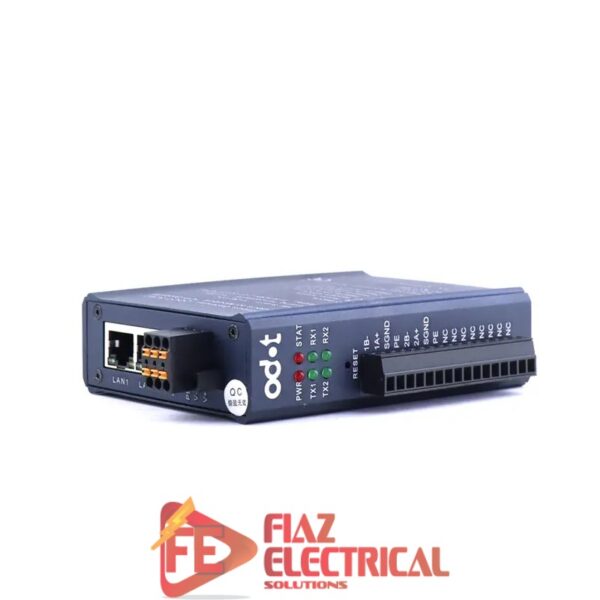
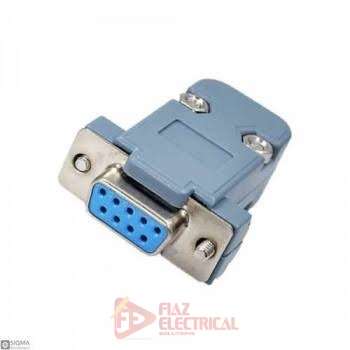
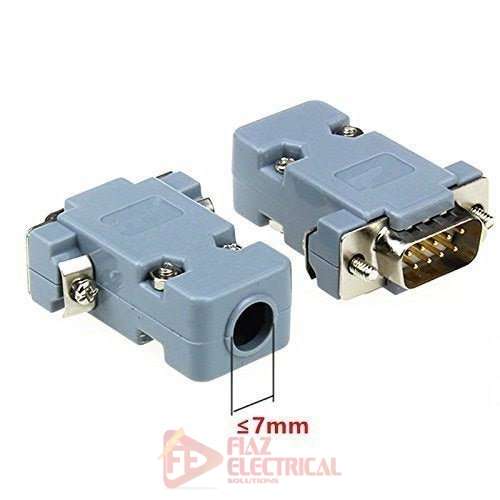
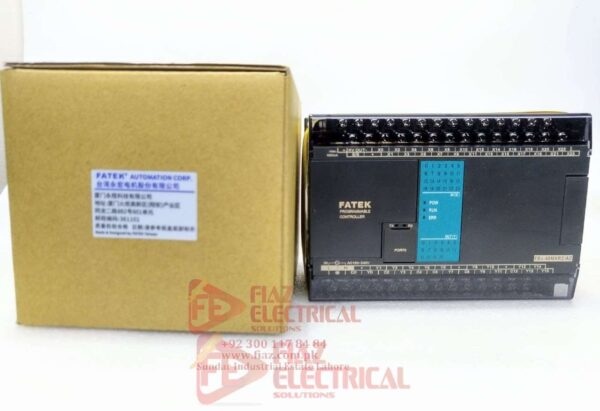
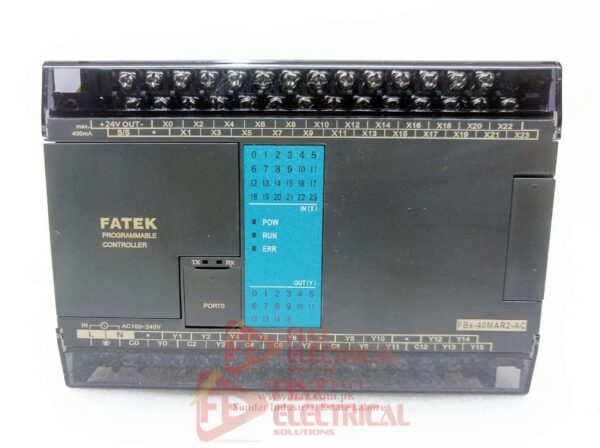
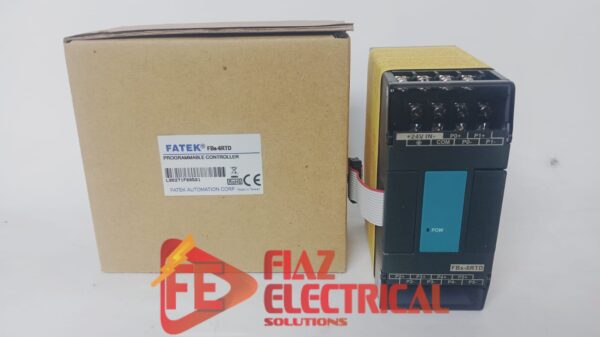

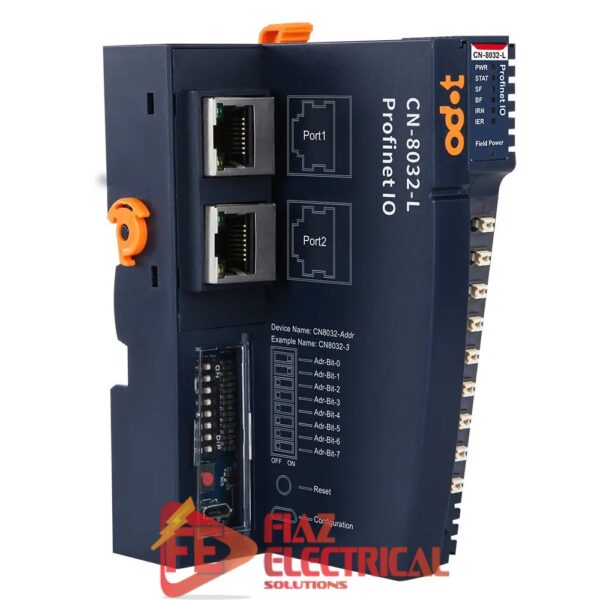
Reviews
There are no reviews yet.